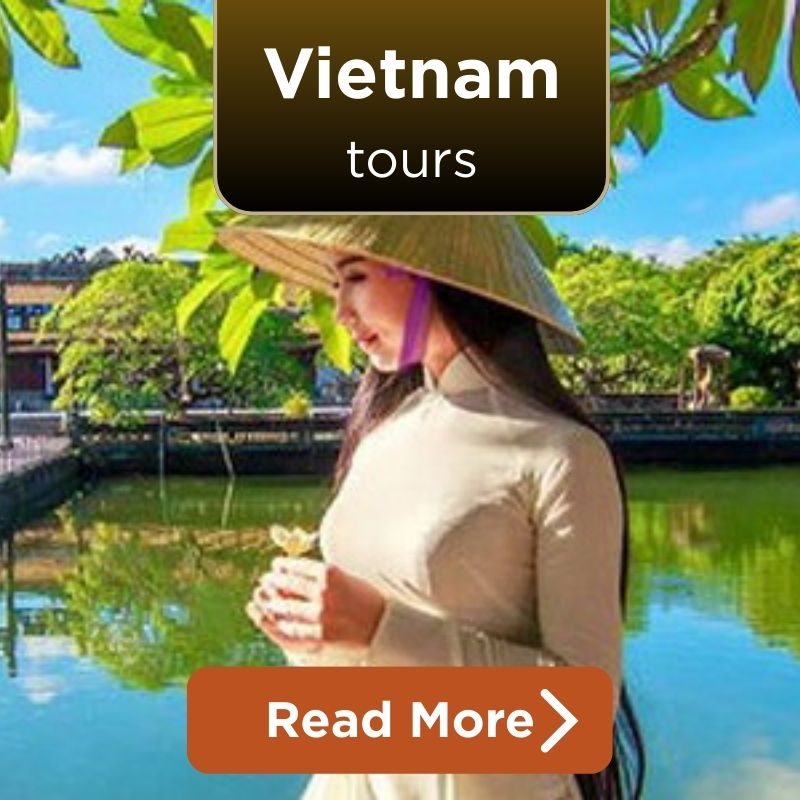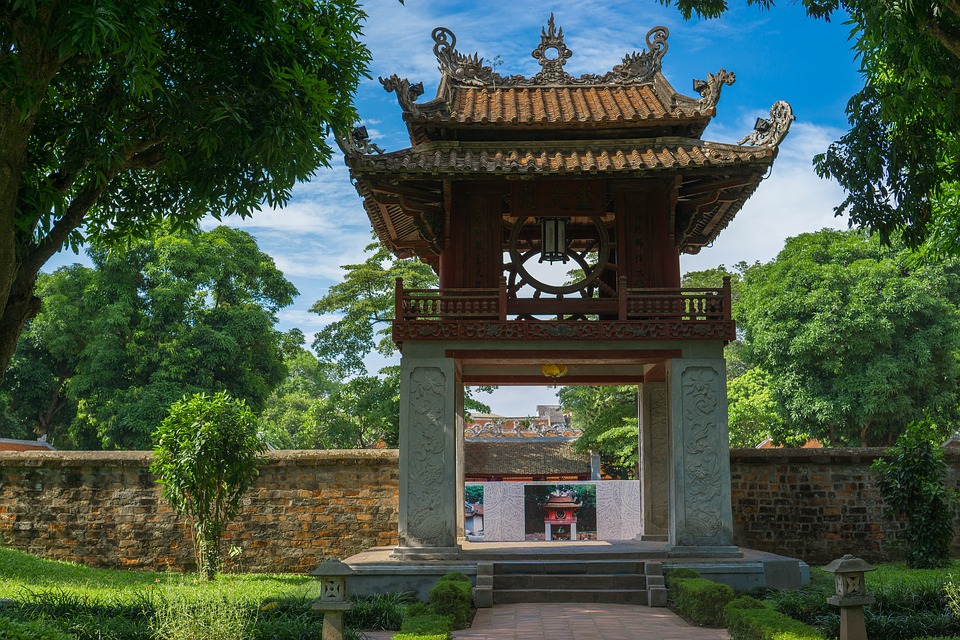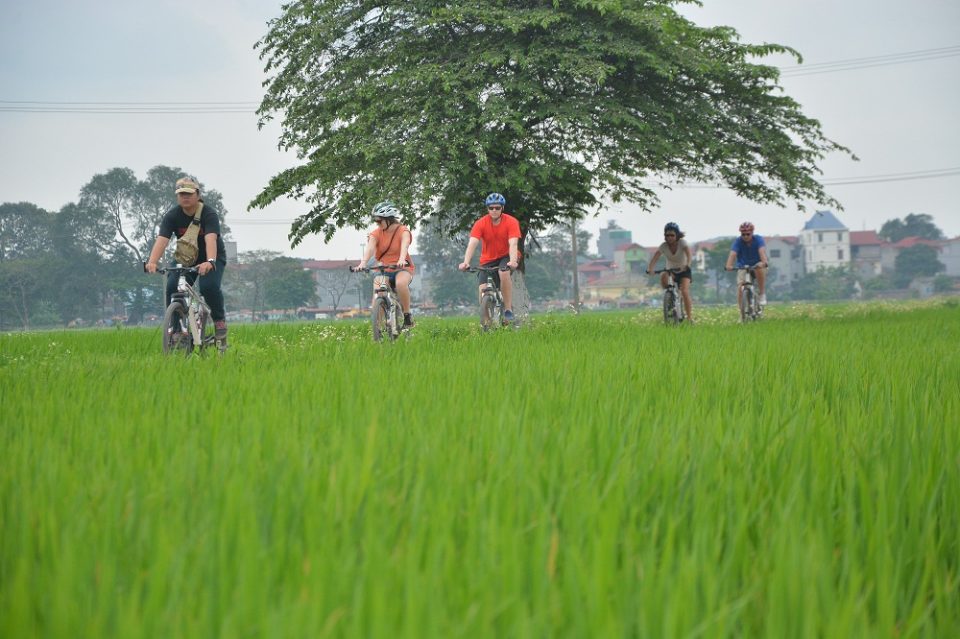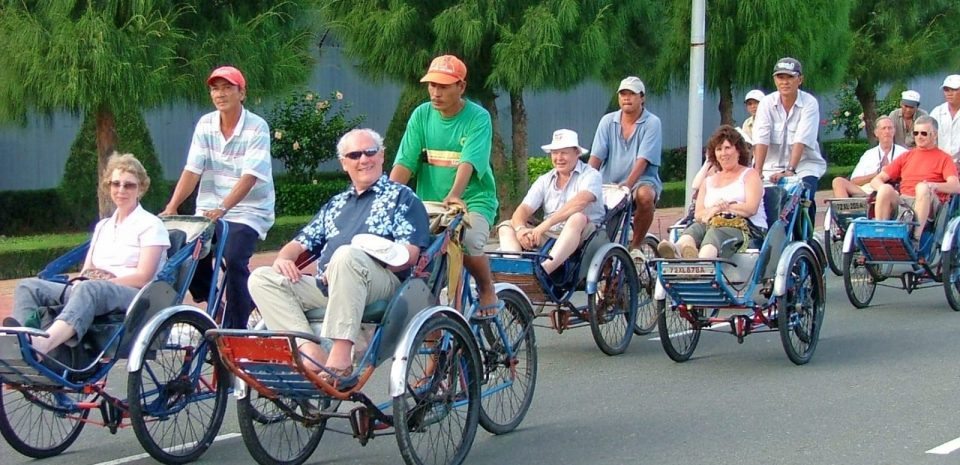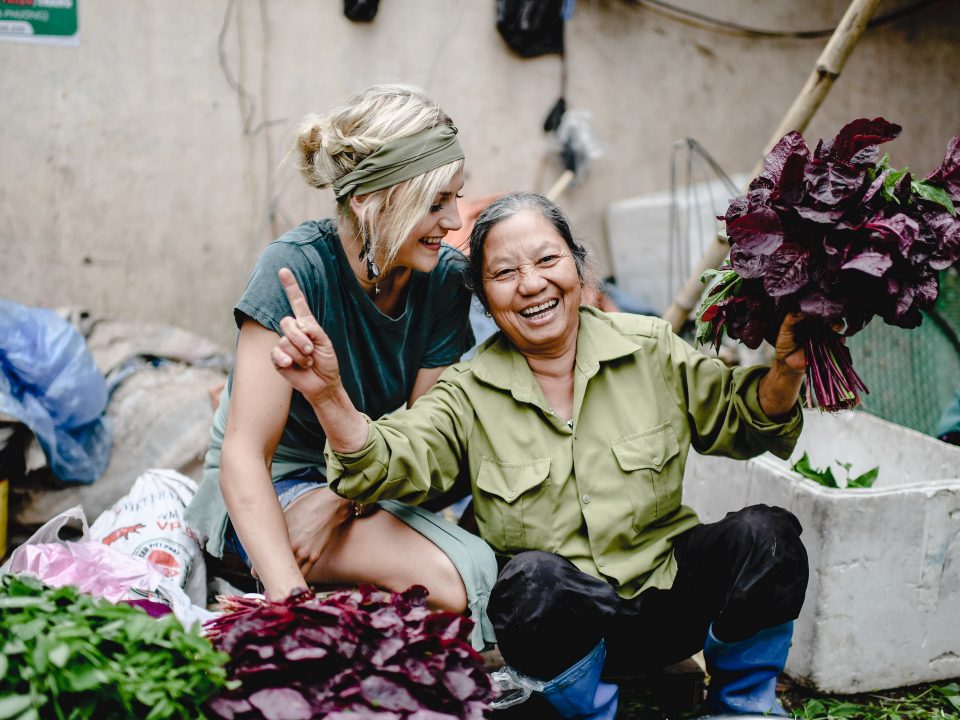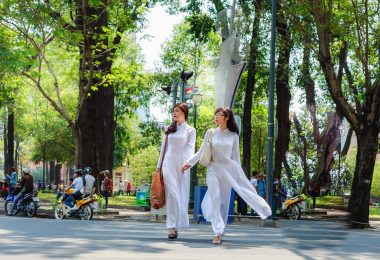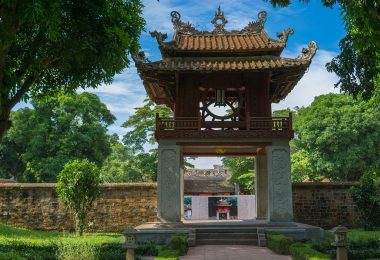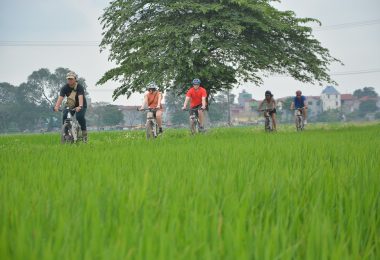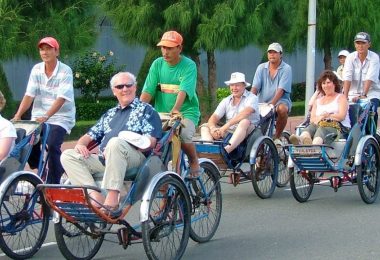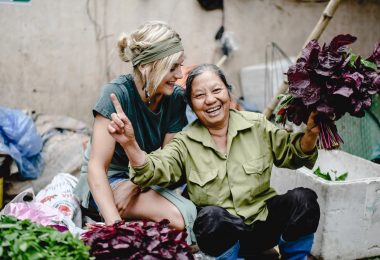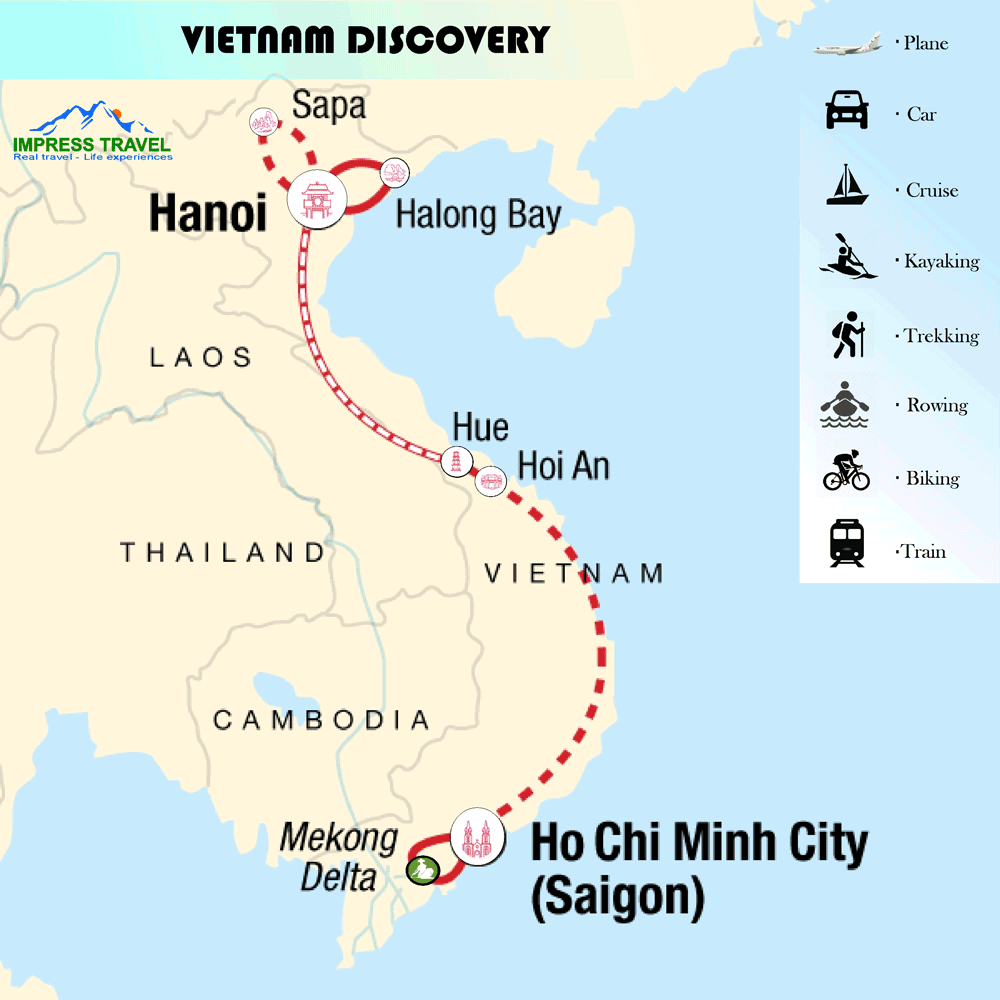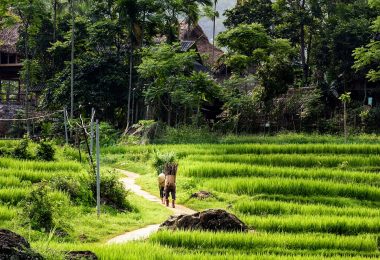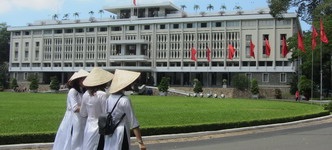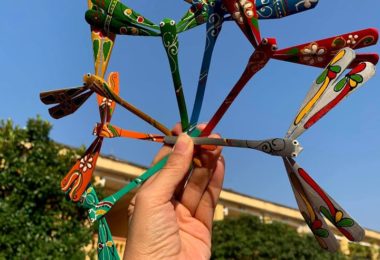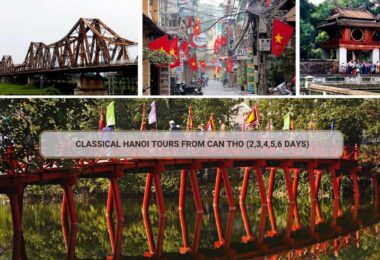Introduction to explore slums in Hanoi

Slums in Hanoi
Hanoi is the oldest surviving capital in Southeast Asia and just celebrated its 1000th anniversary in 2010. After briefly losing that status for several centuries, Vietnam’s second largest city became the capital of North Vietnam in 1946 and eventually the capital of the unified country. As the population tripled in the second half of the 20th century and urbanization increased, the country and its capital sought to encourage internal migration to urban centers, following the concept of Social autonomy aimed at maintaining an egalitarian society that must at least face the challenge. of management. Although there are clear wealth disparities between residents across the city, as in other megacities in transition, extreme forms of inequality are evident across the slums. and homelessness is widespread, but that seems insignificant. This observation is consistent with the World Bank’s assessment, which states: Vietnam has “a very low slum rate for a country at this stage of development".
In addition, the entire city seems to have a fairly even distribution of economic and residential areas. But even in the tourist-thick Old City, unemployment appears to be low, begging is not a visible phenomenon and crowded streets are deserted as shops and restaurants close. It seems the only cause is the prolonged heat of summer. People sleep outside to cool off. Given the country’s dire situation a few decades ago, underdeveloped, politically isolated and with enormous post-war burdens on its population, institutions and environment, the rise of The country and Hanoi will certainly fail. This was a remarkable success and mainly benefited a large section of the population.
Therefore, the purpose of this brief survey is to provide a more accurate and sensitive picture of the scale of Vietnam’s slums, which are the most specific form of economic inequality in Vietnam. Given the urban context, we cross-reference these with superficial personal impressions of the prevalence of moderate slums and look for specific factors driving these trends.
Itinerary
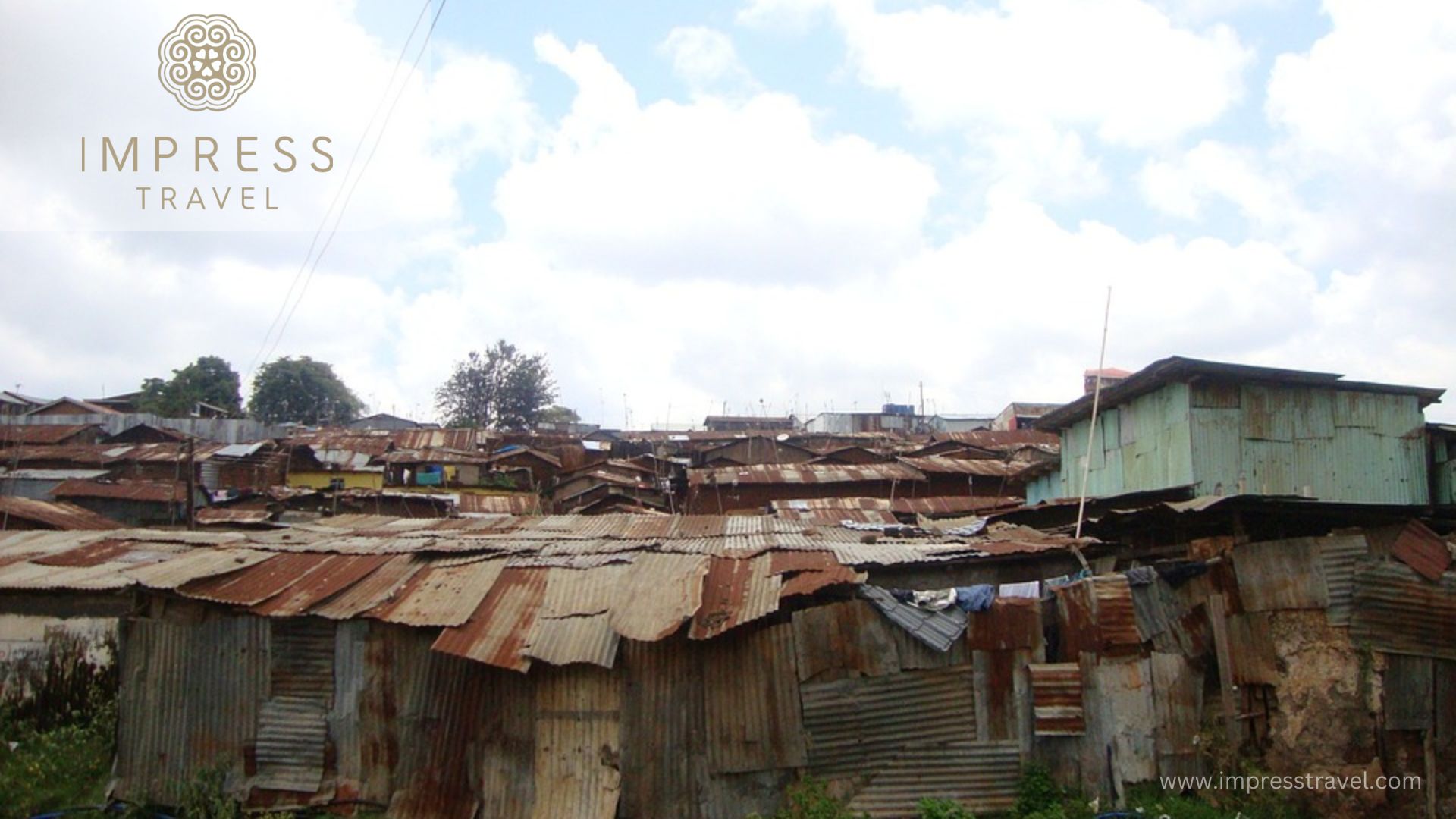
Slums in Hanoi
Pass: Hanoi Gallery, 42 Cau Go, Hanoi, Hanoi 10000 Vietnam
Morning – Noon 9.00 – 13.00 Visit the residents of the slum at the Red River Bank, Hanoi The low-lying land under Long Bien Bridge in the heart of the city is a refuge that the people of the city do not know about. It houses 20 illegal households whose families and belongings fit into a 13-square-meter floating house. For more than 15 years, the land has been a haven for immigrants and landless citizens seeking safety and building a new life. In 2006, a local documentary filmmaker worked with seven children in a slum to create the first children’s documentary called Green Meadow. For these children, life in the riverside village of 20 houses is not only full of poverty and hardship but also full of love and care. Living in a place that most people consider to be an unstable existence, children think this home of theirs is heaven. Duc lives all over the city, so he has a relationship and understands the living conditions of the people here. They connect with various NGOs and social organizations to support not only the standard of living but also employment opportunities. Today’s visit will include a discussion. Participate in local agricultural activities and meet Mr. Duoc and his family in the locality. Mr. Duok is one of the first people to build a life on this land and has witnessed many stories and amazing changes in this place. The visit will help you better understand the marginalized communities in Hanoi, including illegal immigration, alienation, exclusion, alternative education for slum children, city government slum resident management, lifestyle, and more. Share your conversation with them.
The life of the people here
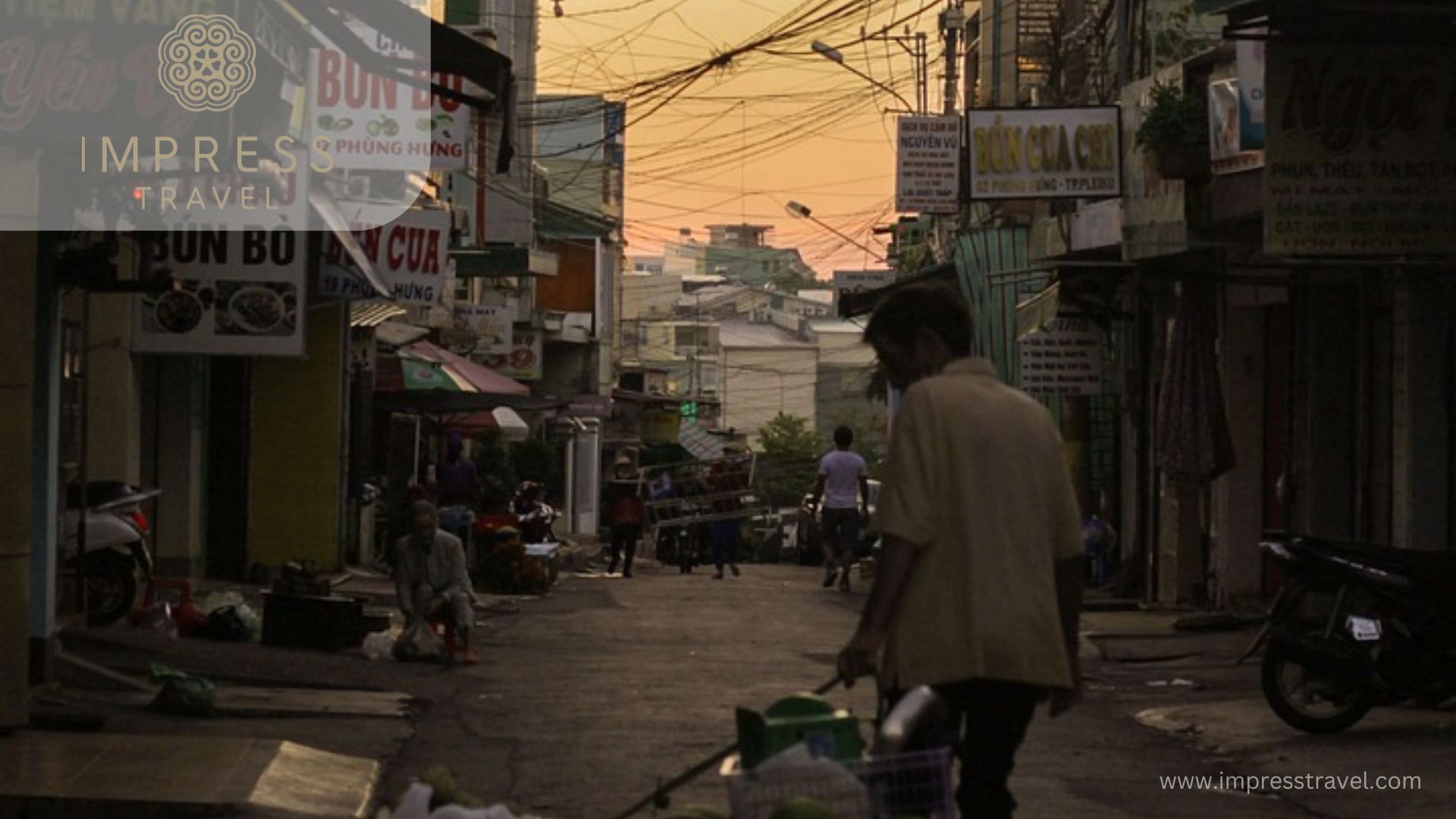
People in slums of Hanoi
For many years, there has been a “dangerous area" or “slum" with rows of crooked inns under Long Bien Bridge. This scene is in stark contrast to the crowded, noisy life on the other side of the bridge. It is unusually quiet and still cold in winter, when trucks and containers are parked on both sides of the road. People are spending quiet time at home to avoid the cold because they can’t sell products even when they go out.
Residents of the “slum" perform all kinds of work, including loading and unloading goods, pulling carts, selling fruit, collecting bottles and helping. They can do very little and have no income.
The house is damp and the roof is cemented, so sitting in the house covered with blankets “does not help". Some apartments have been completely patched up with cardboard and foam boards, and clothes are scattered everywhere. There is no stove or water heater… so people have to fight the cold every year.
In another situation, Ms. Bui Thi Tuyet lives in her tent, collecting pieces of wood and putting them in plastic bags. “Last night I picked up these pieces of wood from the trash," she said. “I’m going to bring it back to my kids so they can make a cooking fire."
However, her three children are still in the hometown she left ten years ago. Tuyet went to Hanoi to find a job to cover the cost of her child’s education.
Every day, she leaves her makeshift tent on Huangqiu Street at around 8 p.m., cycling through the three districts with a jute bag and a pair of iron tongs. Any garbage she finds before 5 a.m. the next day will contribute to the 2 million VND ($90) she sends back to her hometown every month.
Tuyet’s neighbors also do the same job to cover the cost of college for their son. Calling only Dung, from the crooked room, she said that her obedient and hardworking son was her pride and motivation.
“In 20 years of working as a garbage picker on the street, I have had to move to many places," Ms. Dung said. “Thanks to the income from picking up garbage, my son has grown up and now has the opportunity to escape poverty."
She shared: “Currently, he is a third-year student at a university and is working part-time to support me."
Near Ms. Dung’s place, another street with 20 small rooms, witnessed the scene of motorcycle taxi drivers, laborers and other scrap pickers coming and going.
One of them is Pham Thi Thuy, a native of Duy Tien district, Ha Nam province.
When night fell, Thuy carried her daughter on foot to the Ho Viet Xo collective area, where her husband was loading coal on a motorbike to go to the market.
The couple has been doing many odd jobs around Hanoi for 10 years, from cleaning houses, serving restaurants to selling coal.
Together with their two children, they live together in a 7 x 2 meter room made of wooden boards, corrugated iron and paperboard. Like many other areas along Hoang Cau, Dinh Cong, Tay Ket, Van Dong streets, they live in cramped and shabby conditions, rarely meeting basic living needs.
And yet, even in the face of a high risk of epidemics and fires, slums are constantly growing. The clearance only forced them to find a new place to live.
“We have to overcome difficulties in life and do jobs that city people don’t want to do," Thuy said. “But we earn a good income, so for sure our future will be better."
Value
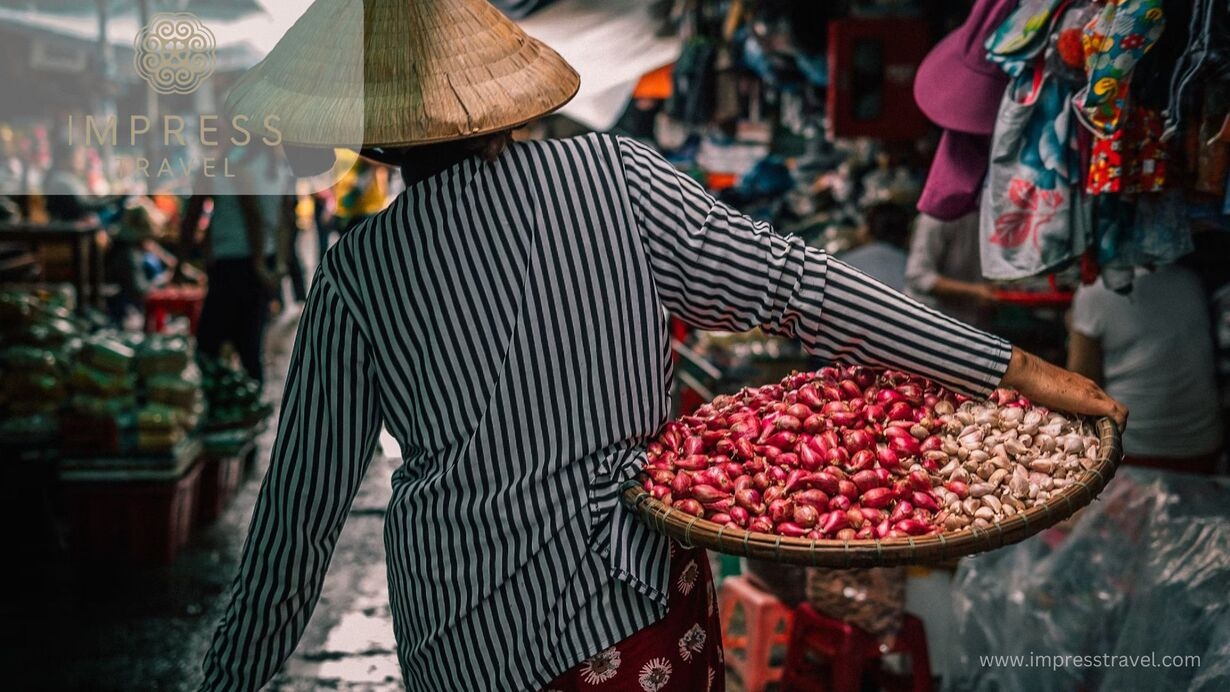
People in Hanoi
Exploring the slums of Hanoi brings many important benefits to foreign tourists. This is not only a different travel experience but also an opportunity to learn more about human life. local.
First of all, visiting the slums gives visitors a true view of the difficult life of a part of Hanoi people. By observing and talking to people directly, visitors can gain a deeper understanding of the challenges and efforts they face on a daily basis. This helps to create a deeper empathy and respect for this community.
Second, exploring the slums gives visitors a clear understanding of the diversity and complexity of city life. Hanoi not only has busy streets, famous tourist destinations, but also hides places where a completely different life takes place. This contrast allows visitors to get a fuller picture of the life of the city and its inhabitants.
In addition, slum tours can make a positive contribution to the local community. Many of the slum tours are organized by non-profit organizations, part of the proceeds will support projects aimed at improving living conditions for residents. This not only improves people’s lives but also brings meaning and positive contributions to visitors.
Conclusion
Exploring the slums is also an opportunity for visitors to discover the resilient and creative spirit of people in difficult circumstances. The stories of overcoming difficulties and creativity in the lives of the people here are a strong source of inspiration for visitors and help them reconsider the value of their own lives.
In short, exploring the Hanoi slum is not only a unique travel experience but also a journey to learn and understand life and people, bringing many profound benefits.
Don’t forget to regularly follow our Facebook page and Website for more interesting information about traveling to Hanoi and to book Hanoi tours at the best prices.





